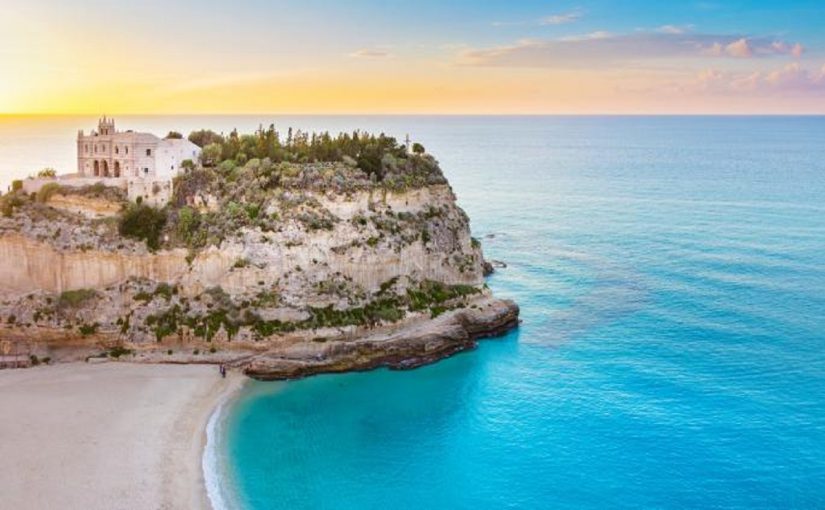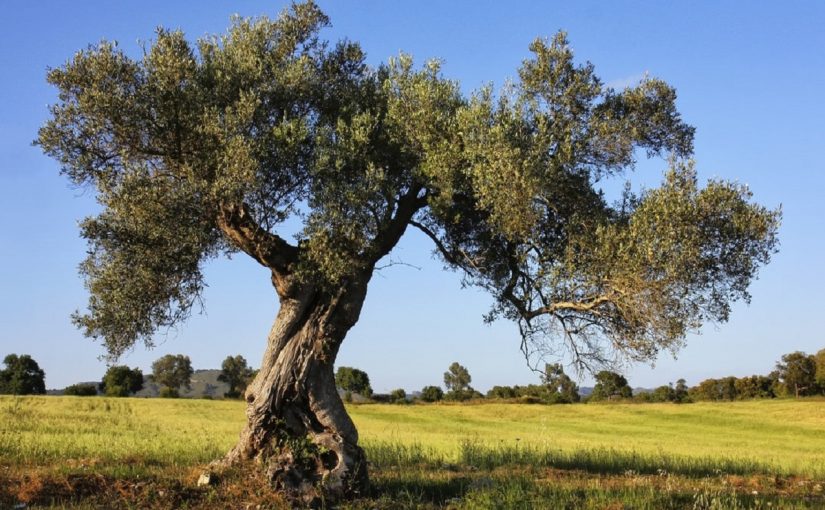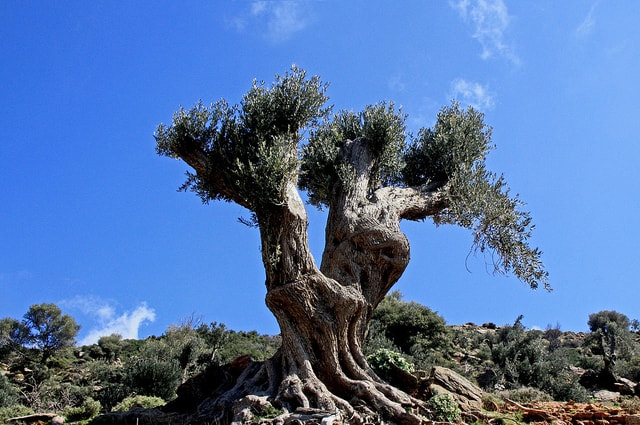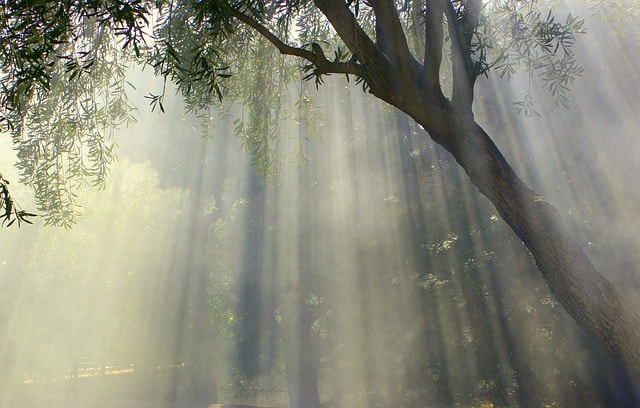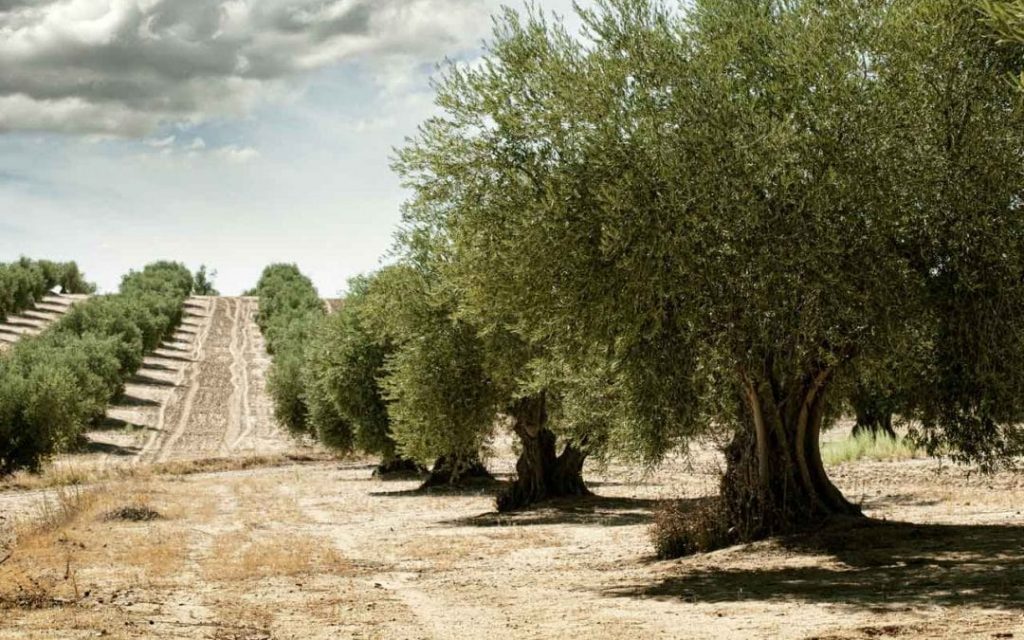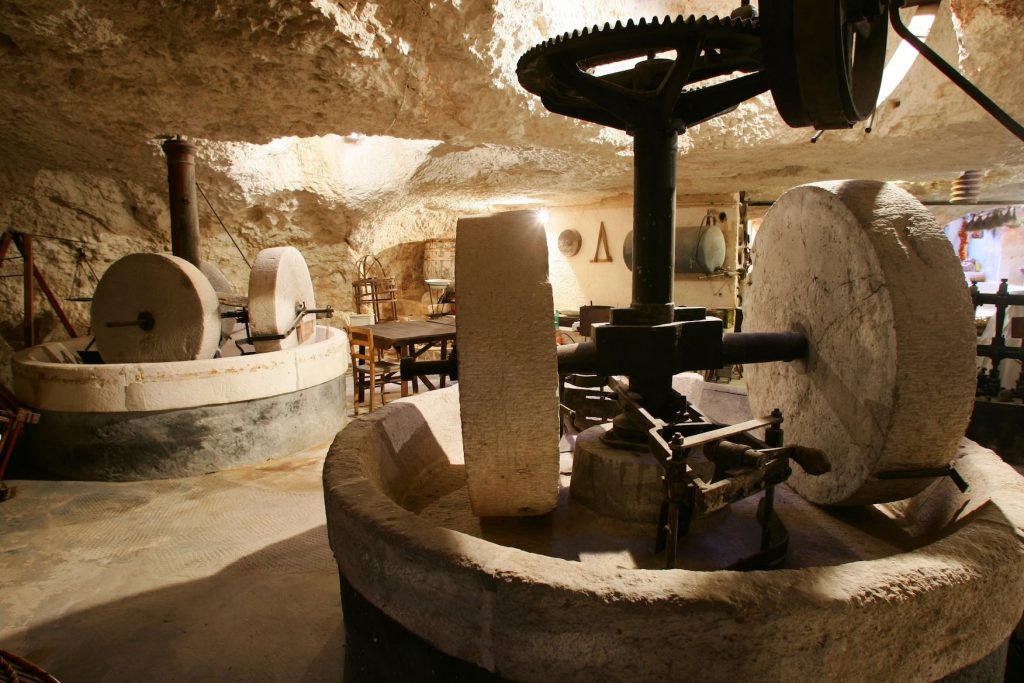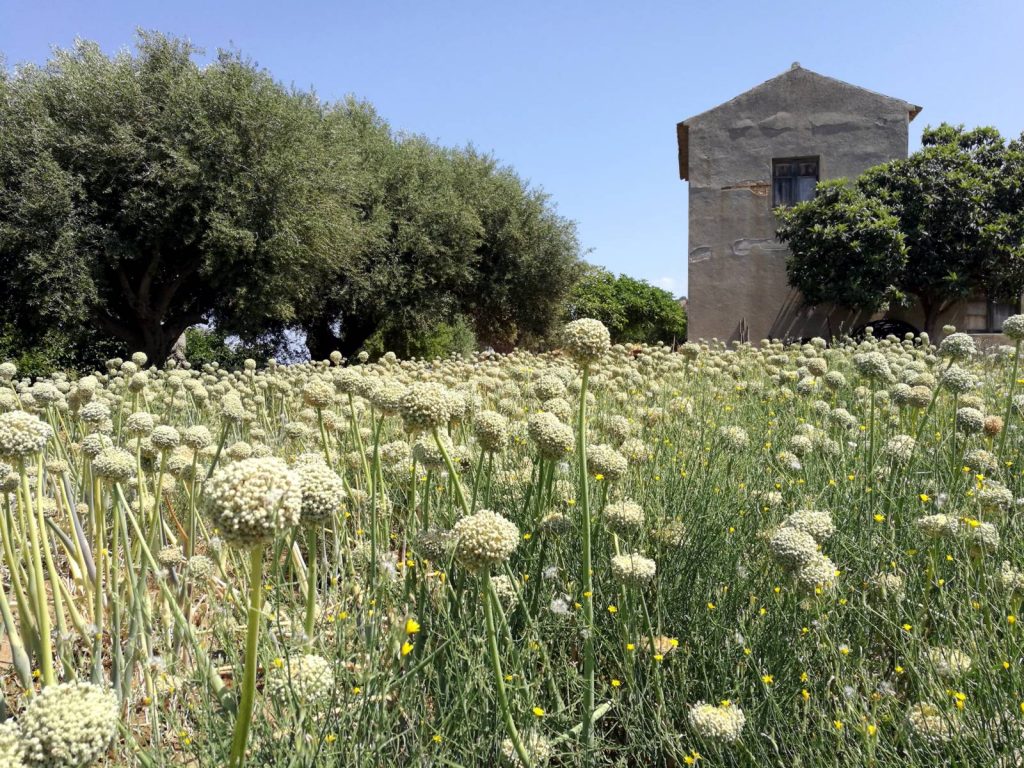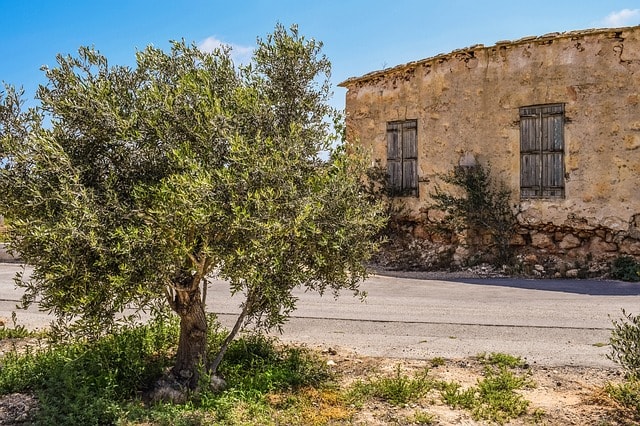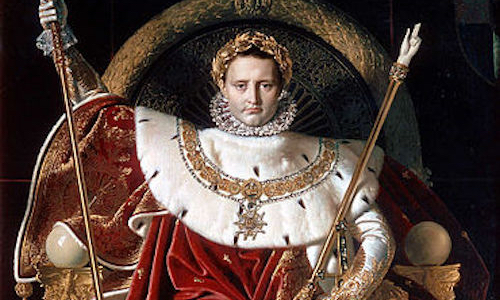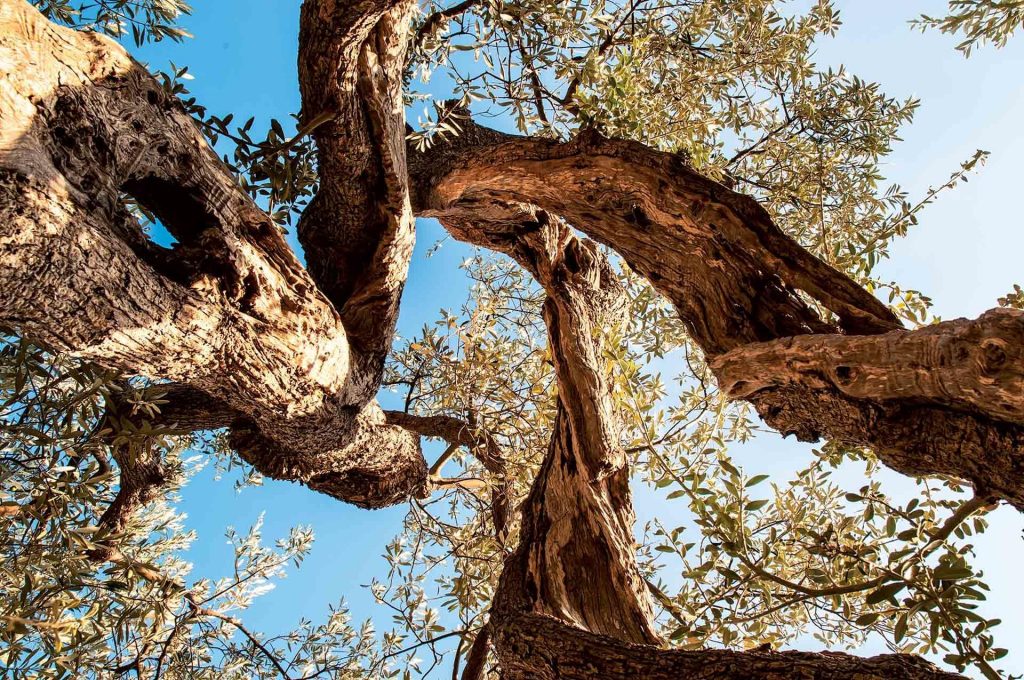31.7.2019
A PIECE OF MEDITERRANEAN LANDSCAPE
For foreign visitors there is joy to be had on local trains in the sultry south, where the pace of life is as leisurely and bewitching as the narrow-gauge railways
Suppose you have some summer days to spare. Suppose you have a fondness for trains. Here’s the idea. Do the southern coast of Calabria, Italy. You’re not sightseeing. Just accepting the sun-struck languor of the hills and beaches, the odd mix of hospitality and indifference that characterises the locals, the general invitation to a warm, wine-fed fatalism.
Then, do it bit by bit, as you feel and as it comes. Not worrying too much about timetables (no one else will), or even about precise destinations.
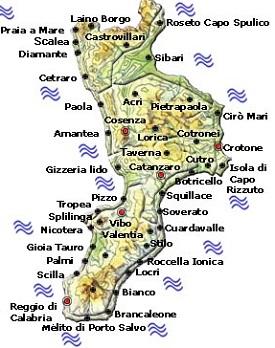
SLOW AND PLEASANT TRIP
But arriving in Calabria is difficult. Using trains here is considered eccentric. There’s no line to link directly the opposite sides of Calabria, from the west to the east, or from the south to the north coast, and crossing the land north to south requires several hours and three changes to go 200 km.
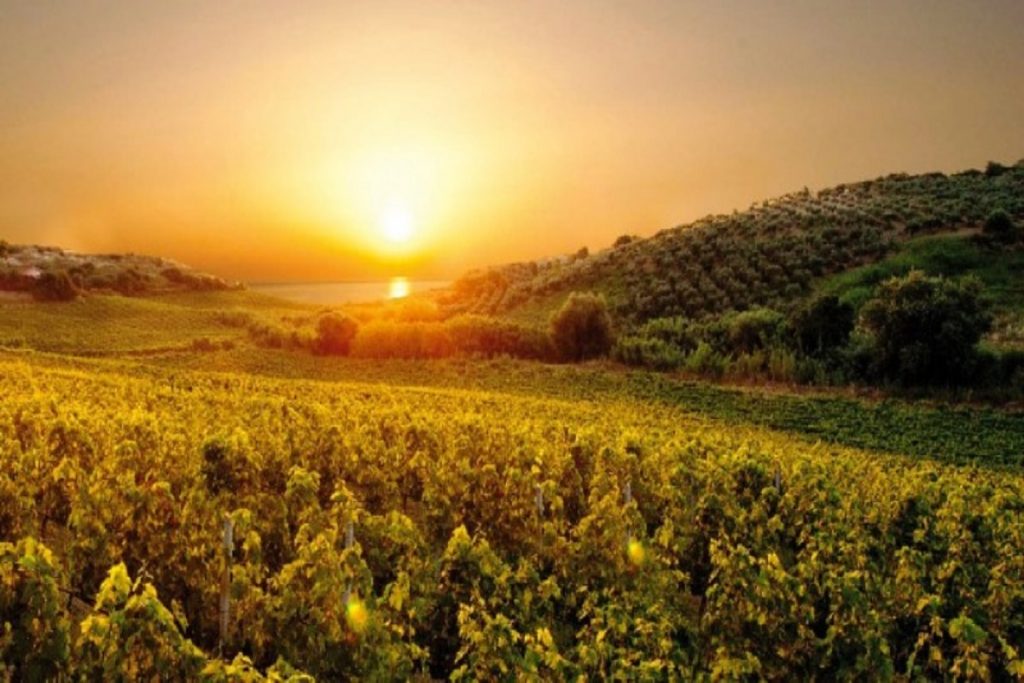
Much of the network was built in the 19th century to bring goods and merchandises down from the mountains and makes little sense now. I remember once in Lametia Terme Centrale, puzzled by the mismatch between the information on the ticket machines and that on the departure board, I asked a railway worker if there actually was a train to Sibari that day. Without taking his cigarette from his mouth, he advised me that if he were going to Sibari, he would never use the train.
So here’s an easier solution. Instead of attempting directly all Calabria tripping, take the line that snakes round the bottom of Italy’s boot, all the way from Reggio Calabria on the western toe (linked by trains to Milan) to Taranto on the eastern heel.
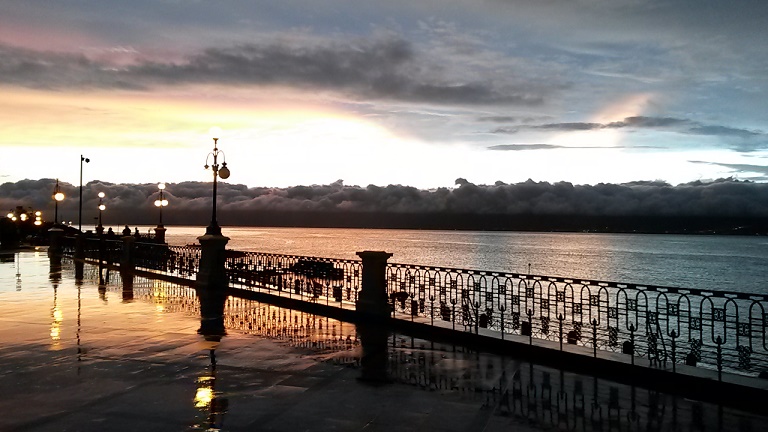
That’s about 500km of single-track railway. As long as you keep the sparkling sea to your right and thirsty vegetation to your left, you can’t go wrong.
This time, using the trains along the coast, the travel will be light. Very light. The idea is to do everything, aside from the trains, on foot. You have a small backpack with two or three T-shirts, underwear, shorts, swimming gear, washing kit.
You really don’t need anything else. Your sun hat is on your head, your sandals on your feet, your shades on your nose. What we’re trying to do is divest ourselves of our ordinary obsession with organisation and control. Italy’s southern railways are peculiarly conducive to this. Tell yourself before starting: I will never complain about a train being late, or even departing early, or from an unexpected platform. I will be patient. I will be steady and slow as sunshine on a stuccoed wall.
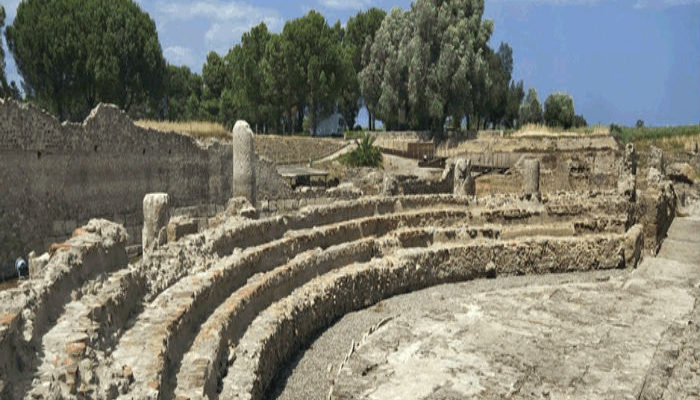
ON THE EAST COAST
If you have the time and inclination, from Reggio Calabria you could make your way by rail and ferry to Palermo and start with another region, Sicily (the Milan-Palermo train actually boards the ferry).
However, that time I chose to do the long line, much of it single-track, running along the north coast from Reggio Calabria to my original destination, Sibari (to see the temple in its archaeological park).
Doing this trip, I once spent a scorching day at the cutely named Isola Capo Rizzuto, just outside Le Castella, a magnificent village with a marvelous Castle, positioned in front of the coast on an artificial island, as if it had been born directly from the Ionian waters.
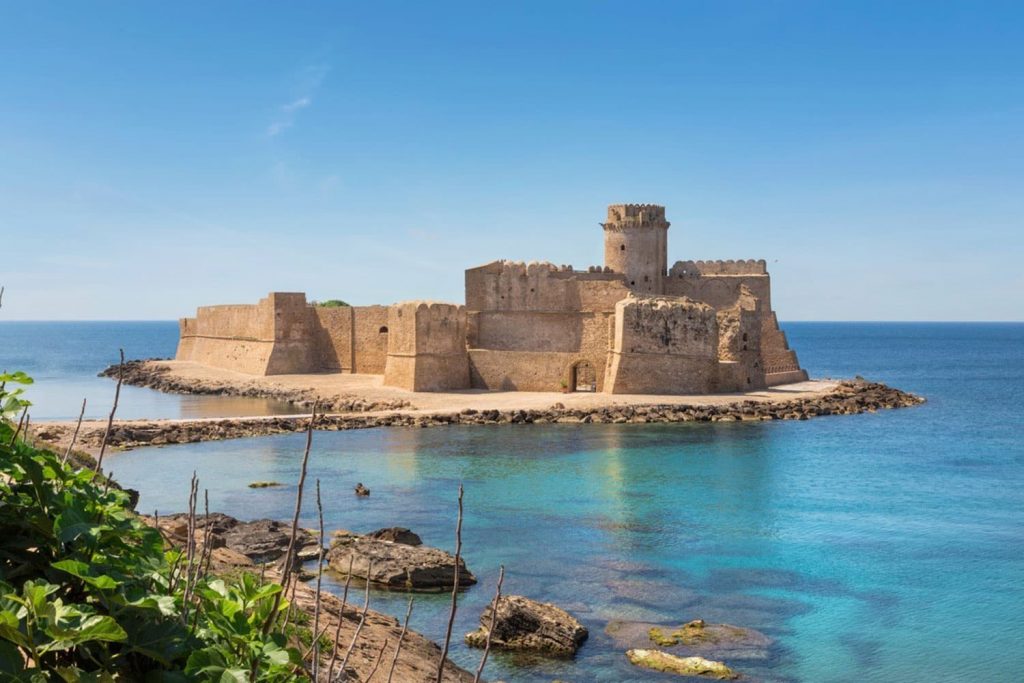
To the north of Isola Capo Rizzuto, there is the wonderful long coastal railway that goes from Le Castella on the coast to spectacular Crotone, a stream of houses toppling from a high ridge into sweet valleys in front of the Ionian sea. And of course there’s the wonderful ride up the east coast from Crotone to Sibari, under the sandy slopes of Cirò Marina, where a wonderful wine (so called Cirò Red Wine) is produced, and where from many decades re-flourishes an ancient tradition of wine making (dating back to Greeks and Phoenicians).
Crotone, facing east across the Ionian Sea, is a surprise. The huge chemical factory to the north – one of the endless failed attempts to industrialise the south – closed in 1990. No bus awaits arriving passengers. Your half-hour walk into town is hot work. But when you get there, what rewards!
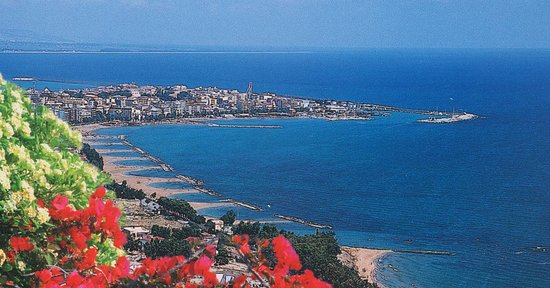
The place to stay here is Hotel Concordia (doubles from around €70), where New Grub Street writer George Gissing resided in 1897, and fellow novelist Norman Douglas 10 years later. From their descriptions of the railways in their respective travel books, By the Ionian Sea and Old Calabria, it doesn’t seem much has changed. Having seen your booking made an hour before, the manager is at the door to greet you by name as you approach. He recognises an Englishman a mile off, but can’t believe you don’t have a car. “Nobody travels by train.”
Before arriving in Sibari, my ideal destination, and so onward into the Bay of Taranto, the big, squarish arch under Italy’s boot, you find, first, north-east, Corigliano Calabro, then north-west is Taranto itself, where a much grander collection of Greek art awaits.
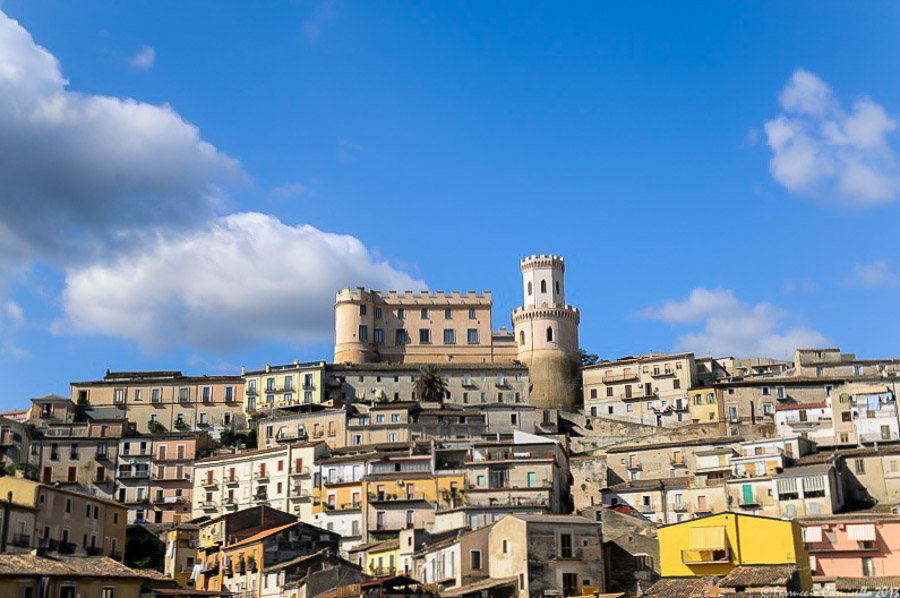
The sway of the train and play of light and shade induce a pleasant stupor. Empty sands and blue seas. Bleached-white riverbeds. Mile after mile of olive groves and kiwi plants. I now remember Stazione di Torre Melissa. Vineyards. Grey rock promontories. Stazione di Cirò. The train guard’s whistle. A squat tower on a low hillside. Cacti and scorched grass. Stazione di Crucoli. A short stop in Crucoli village in the wine shop of Linardi wines, the time for a good glass of Red Cirò in the company of the owner, Roberto Linardi, in person. I read Graffiti and no sign of railway personnel anywhere. In English someone has scrawled other signs…
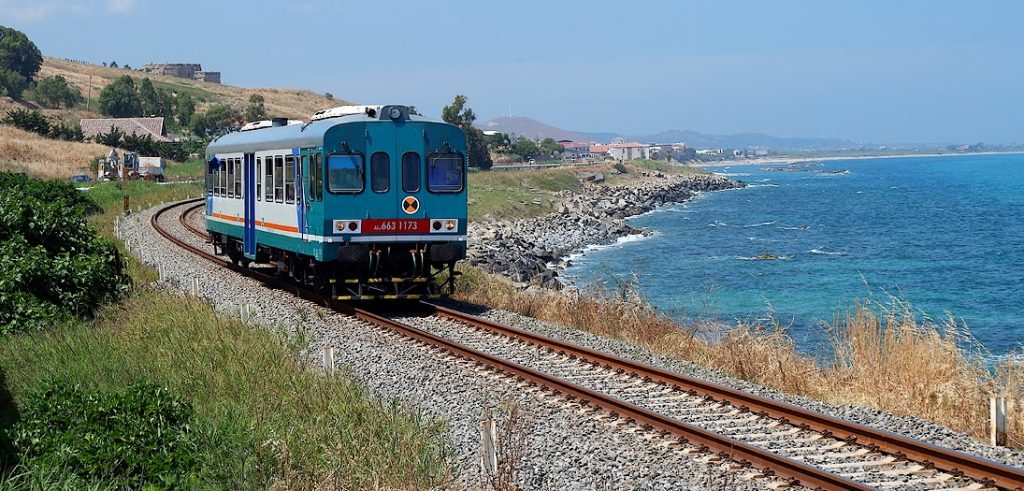
Stop wherever you want. Or don’t stop. Depending how many days you have. But don’t miss the beach of Corigliano. Just a few hundred kilometers from the coastal town, you cross a swing bridge that divides a huge inland lagoon to the left from the open sea to the right and at once you’re in an antique metropolis of dark narrow streets and people sitting out on kitchen chairs looking in through the windows at their own TVs in rooms whose walls are nothing but bare stones piled up centuries ago. Men and women call to each other across and along the streets with strange cries and coded whistles, a fluid repertoire of gestures that very probably haven’t changed in many generations. I know of nowhere in Italy where an ancient past seems so alive.
Do you want to go on? There’s no line now along the west side of the bay to Taranto and Calabria at the tip of Italy’s heel. But you can take the train toward Brindisi, changing region, get off at Francavilla Fontana and link up with the Ferrovie Sud Est, a local network that somehow contrives never to run along the coast but will take you to Otranto, and Galliano del Capo, just a short bus-ride from the wonderful Santa Maria.
TRIPPING TO REGGIO CALABRIA
The difficult-to-find Sibari railway station in Calabria made me come back to Reggio Calabria.
Your daily routine is as follows. Lunch in the hotel. Morning stroll and swim. Breakfast under sunshades along the seafront, which the Italian Poet D’Annunzio considered the more beautiful kilometer of Italy. Car at rent in the mid-afternoon, to kill the hottest hours, going to Scilla, ten minutes of road. On board you can use your phone to book a place in whatever upcoming town takes your fancy – nothing beats an unplanned adventure.
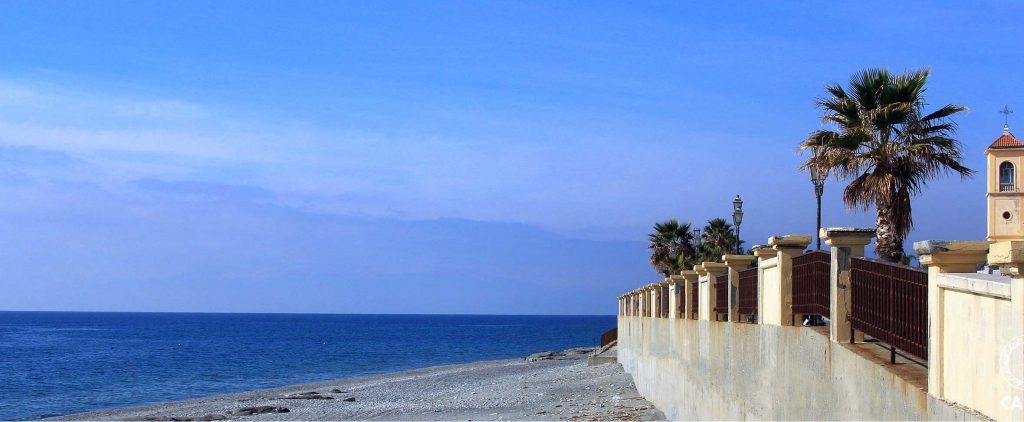
Another destination could be, on the oppositeside of Reggio and Scilla, Melito di Porto Salvo on Calabria’s south coast, perhaps, where Garibaldi landed in 1860 to start his triumphal march to Naples. Or Brancaleone-Marina, further round the coast, where novelist Cesare Pavese was sent into internal exile for anti-Fascist activity in 1935. He complained bitterly, but it’s hard to imagine a bluer sea or whiter beach.
You’ll find the small stations of these villages mostly deserted. The locals prefer their cars. It hardly matters that the ticket machine is out of order because you’ve sorted yourself on the internet. A single, diesel-driven carriage appears in a shimmer of August heat. It may be only 10 minutes late, but it looks like it’s coming from another age. Inside, a rattling air-conditioner just about keeps the temperature bearable. A couple of hawkers with cheap merchandise to sell on the beach get their packs stuck in the swing doors. One is wearing five blue sombreros on his head. A group of 10-year-olds run up and down the aisle. No business travellers. No other tourists.
I then visited the Castle of Scilla under the Aspromonte mountains: a tour of north-western Calabria.
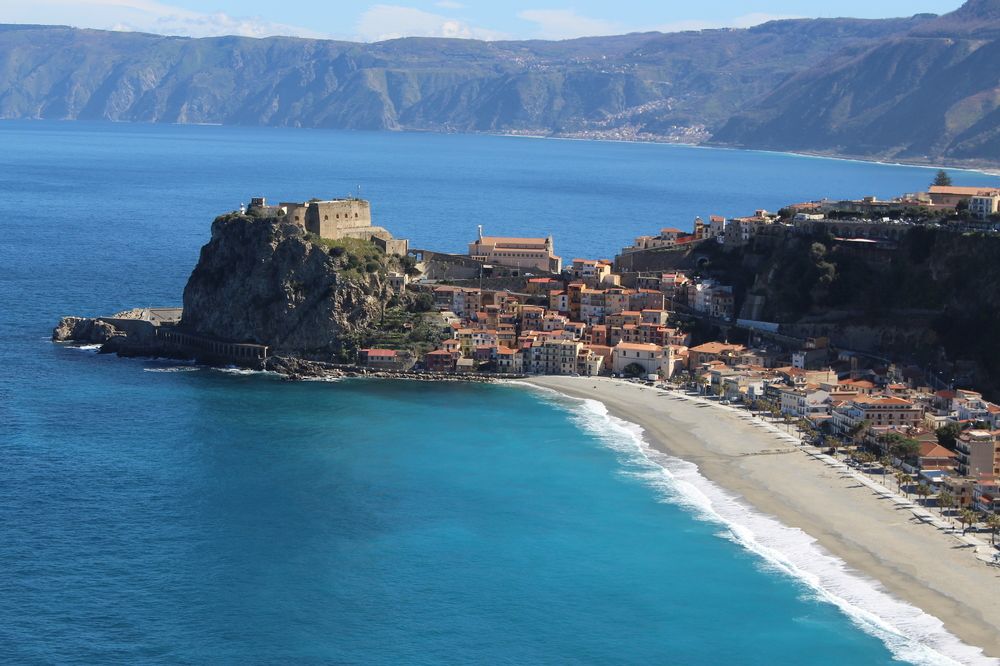
The centre is a labyrinth of narrow alleys climbing up and around a steep conical hill, each thread of street crisscrossed above with drying laundry and inhabited below by folks playing cards and drinking wine outside the bead curtains that protect their doors. At a corner a man is sharpening knives on a grindstone he turns with pedals and a chain.
At the top of the hill a castle houses a museum of Greek artefacts, for you are now in Magna Grecia, that part of Italy colonised by the Greeks in 700BC. The Castle of Scilla is magic, positioned on a very high rock, and it watches the sea for miles and miles…
In the tiny museum you can wonder at winged horses, pretty mermaids, a tiny rabbit-shaped container that once held cosmetic oil for a woman’s skin. Brightest of all is a gold diadem fashioned into a circle of leaves and berries, emblem of the goddess Hera, whose ruined temple boasts just one standing column on the cliffs to the south of the town.
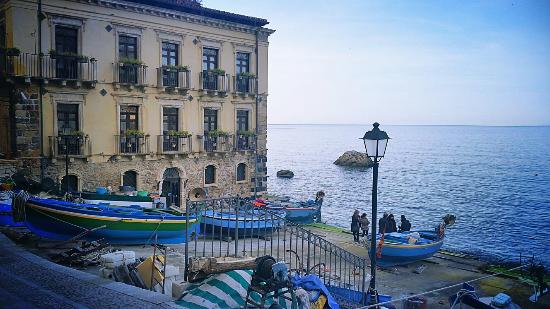
Come early evening, lying on your back in the calm, warm sea, taking in the great sweep of the bay, it’s not hard to imagine the Greek galleys at anchor in their scores, conquering and trading as the British would do a couple of thousand years later. Right now, though, there are just a few rusty fishing boats and the tinkle of a band grinding out 1960s covers in a beachside bar.
ON WESTERN COAST
From Scilla, you can now take a train going to the north, along the western coast of Calabria.
From there, I quietly arrived to Tropea, a village located on a small high rock plateau, full of tiny ancient houses, in front of a alike-Caribbean sea…
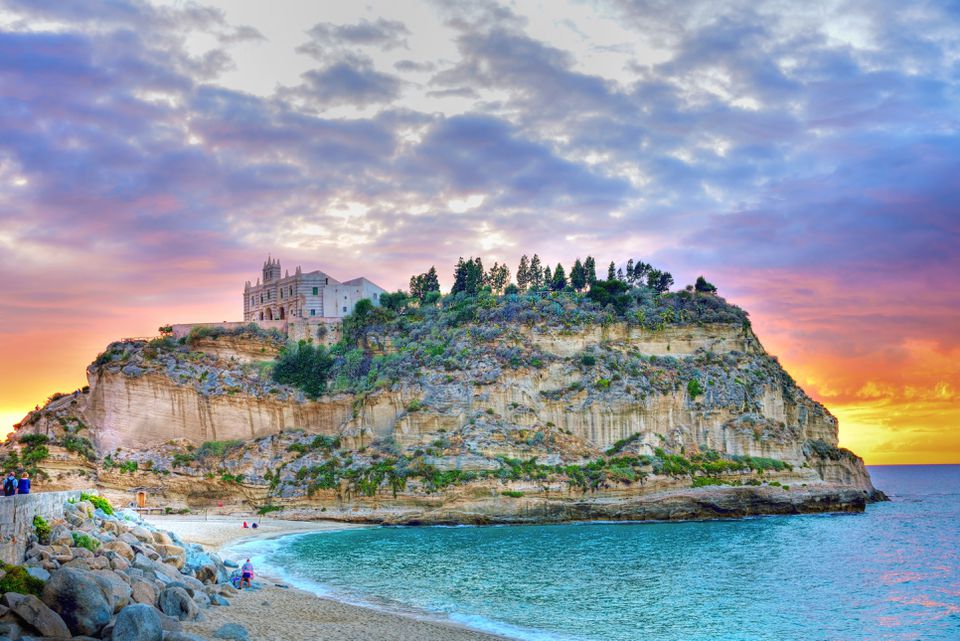
Here I tasted the most famous onion of Italy. Due to its unique sweetness, Tropea onion is the most celebrated and appreciated onion, even abroad. It grows, typically, on the cliffs that descend from Mount Poro towards the sea between Cape Vaticano, Zambrone, Tropea and Briatico, in the provinces of Cosenza and Vibo Valentia, but the larger origin land of this onion is the coastal medium-high Tyrrhenian of Calabria, the areas of the provinces of Cosenza, Catanzaro and Vibo Valentia, where the cultivars belong to fresh and aerated soils, overlooking the sea, with conditions of humidity, typical of the area of the upper-middle of the Tyrrhenian coast of Calabria.
The streets are full of tourists and I love this mess, the air is full of scents of Origan, the wild herb which grows spontaneously under the Calabria sun, nearby the plateau of Mount Poro, a splendid place near to the major touristic attractions of Calabria: Capo Vatican and Tropea.
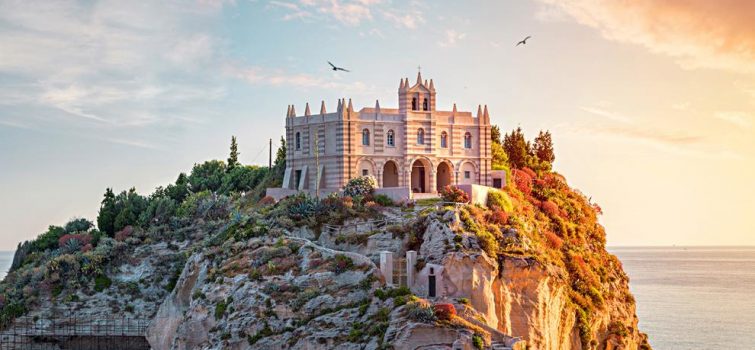
The word origan comes from the Greek “oros”, which means mountain and “ganos” which means splendor. Its meaning is, therefore, “mountain splendor”, and these two adjectives and qualities has been attributed to the plant for its grace and abundance of its flowers. This perfume recalls the wild and generous character of this land…
COMING BACK HOME
Still, if Italian State Railways tried your patience, Ferrovie Sud Est will transport you into a surreal heat haze of unexpected connections and sudden cancellations in which you will very likely spend hours entirely alone with a garrulous ticket collector delighted to have found someone to talk to. Everywhere signs inform you of the generous contributions of the ever beneficent EU. In any event, if you’re returning home via overnight couchette from Lecce to Milan, make sure you set off with a good few hours to spare. Then put your head down on a Trenitalia pillow and let the rails lull you into a last Mediterranean reverie.

